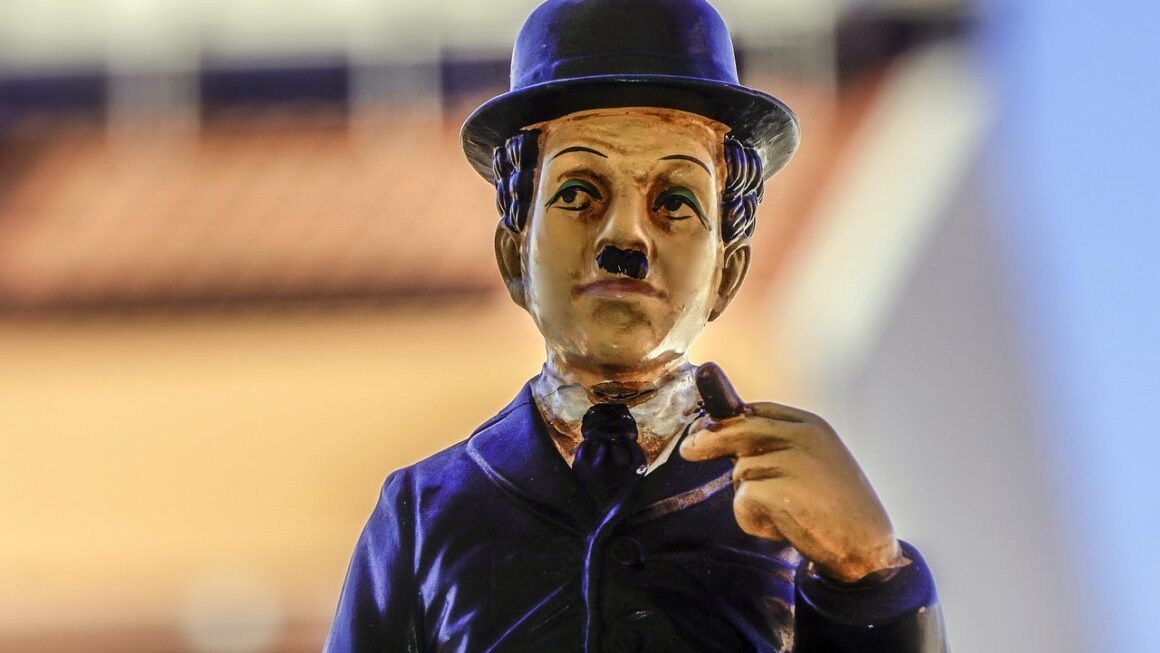Fan theories: they’re the internet’s favorite pastime, the reason behind endless debates, and the fuel that keeps fandoms burning bright long after the credits roll. From deciphering hidden clues in beloved TV shows to reimagining the backstories of iconic characters, these theories offer a unique lens through which fans engage with the stories they love. But what makes a good fan theory, and why do they resonate so deeply with us? Let’s dive into the fascinating world of fan theories, exploring their origins, impact, and the art of crafting a compelling one.
The Anatomy of a Fan Theory
What Exactly Is a Fan Theory?
A fan theory is, at its core, an explanation or interpretation of a piece of fictional media (books, movies, TV shows, video games, etc.) developed by fans. These theories often go beyond the explicit content of the narrative, drawing on subtext, hidden details, or even perceived inconsistencies to construct alternative interpretations of events, characters, or the world itself.
- It’s not official canon. Fan theories exist outside the author’s intended narrative.
- It’s often speculative. They rely on analysis and interpretation rather than direct confirmation.
- It can be collaborative. Many theories are refined and expanded upon by multiple fans online.
Different Types of Fan Theories
Fan theories come in a variety of forms, each serving a different purpose:
- Explanation theories: Aim to explain plot holes or inconsistencies within the narrative. (e.g., “Why didn’t the Eagles fly Frodo to Mordor?” – the answer usually involves far more nuance than lazy writing!)
- Prediction theories: Speculate about future events or character arcs. (e.g., “Jon Snow will kill Daenerys” – a popular Game of Thrones theory that, unfortunately, proved correct.)
- Character backstory theories: Explore the origins or motivations of characters beyond what is explicitly revealed. (e.g., “Snape was in love with Lily Potter” – this one was canonized.)
- Secret identity theories: Suggest that a character is secretly someone else entirely. (e.g., “Jar Jar Binks is a Sith Lord” – a surprisingly compelling, albeit controversial, Star Wars theory.)
- Redemption theories: Argue that a villain can or will be redeemed. (e.g., “Kylo Ren will turn to the light side” – ultimately true!)
The Importance of Evidence
The key to a successful fan theory lies in its supporting evidence. A compelling theory isn’t just a wild guess; it’s built upon a foundation of observations and logical deductions drawn from the source material. Strong evidence can include:
- Visual clues: Foreshadowing, recurring imagery, or symbolic details.
- Dialogue analysis: Hidden meanings, subtle hints, or contradictions in what characters say.
- Character behavior: Patterns in a character’s actions, reactions, and relationships.
- World-building elements: Laws of the universe, established rules, and historical context.
Why Fan Theories Thrive
The Desire for Deeper Engagement
Fan theories allow fans to engage with their favorite stories on a much deeper level. Instead of passively consuming the narrative, they become active participants, dissecting, analyzing, and constructing their own interpretations.
- Ownership: Fans feel a sense of ownership over the stories they love.
- Community: Theories foster a sense of community and shared passion among fans.
- Intellectual Stimulation: It’s a challenging and rewarding intellectual exercise.
Filling Narrative Gaps
Sometimes, stories leave gaps in the narrative, either intentionally or unintentionally. Fan theories step in to fill those gaps, providing explanations for unanswered questions or exploring alternative possibilities.
- Unanswered Questions: Theories attempt to answer lingering questions about plot inconsistencies, character motivations, or setting details.
- Alternative Scenarios: They imagine “what if” scenarios, exploring different outcomes or character arcs.
- Personal Interpretation: Filling gaps allows fans to personalize the narrative and tailor it to their own preferences.
The Power of Shared Experience
The internet provides a platform for fans to connect and share their theories, creating a vibrant and collaborative environment. Online forums, social media groups, and fan fiction websites all contribute to the spread and evolution of fan theories.
- Accessibility: The internet makes it easy for fans to access and share information.
- Collaboration: Theories are often refined and expanded upon by multiple fans.
- Validation: Sharing theories allows fans to connect with others who share their passion.
Crafting a Convincing Fan Theory
Start with a Question
Every good fan theory starts with a question. What is the inconsistency you’re trying to resolve? What character behavior seems out of place? What unresolved mystery intrigues you?
- Identify a Problem: Find a plot hole, a character inconsistency, or a thematic ambiguity.
- Formulate a Hypothesis: Develop a potential explanation or interpretation.
- Refine Your Question: Ensure your question is specific and focused.
Gather Your Evidence
Once you have a question, start gathering evidence from the source material to support your theory. Look for visual clues, analyze dialogue, and examine character behavior.
- Re-watch/Re-read: Immerse yourself in the source material to identify potential clues.
- Note Specific Details: Keep track of scenes, dialogue, or events that support your theory.
- Consider Alternative Interpretations: Acknowledge and address potential counterarguments.
Connect the Dots
The final step is to connect the dots and present your theory in a clear and compelling manner. Explain how your evidence supports your interpretation and address any potential objections.
- Organize Your Evidence: Present your evidence in a logical and coherent manner.
- Explain Your Reasoning: Clearly articulate the reasoning behind your theory.
- Address Counterarguments: Acknowledge and address any potential objections to your theory.
When Fan Theories Go Too Far
Canon vs. Fanon
It’s important to remember that fan theories are not canon. They exist outside the official narrative and should not be treated as fact.
- Respect Authorial Intent: Recognize that the author has the final say over the story.
- Avoid Dogmatism: Be open to alternative interpretations and avoid rigidly adhering to your own theory.
- Maintain Perspective: Remember that fan theories are meant to be fun and engaging, not to be taken too seriously.
Crossing Boundaries
Some fan theories can cross the line into problematic territory, particularly when they involve harmful stereotypes, offensive content, or disrespectful interpretations of characters or themes.
- Be Respectful: Avoid theories that promote harmful stereotypes or offensive content.
- Consider the Impact: Think about the potential impact of your theory on others.
- Engage in Constructive Dialogue: Be open to feedback and willing to adjust your theory if necessary.
The Dangers of Over-Analysis
While analysis is a key part of fan theorizing, it can sometimes lead to over-analysis, where fans read too much into minor details or misinterpret the author’s intentions.
- Avoid Forcing Connections: Don’t try to force connections where none exist.
- Consider the Context: Interpret details within the context of the overall narrative.
- Maintain Objectivity: Be aware of your own biases and avoid projecting them onto the story.
Conclusion
Fan theories are a testament to the power of storytelling and the enduring connection between creators and their audiences. They represent a vibrant, collaborative space where fans can actively engage with their favorite stories, exploring new interpretations and uncovering hidden meanings. While it’s important to maintain a healthy perspective and avoid crossing boundaries, fan theories offer a unique and rewarding way to deepen our appreciation for the art of storytelling. So, keep theorizing, keep questioning, and keep exploring the endless possibilities that lie within the worlds we love.



